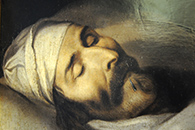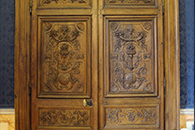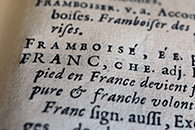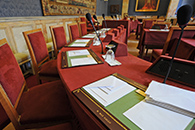1634
The “Académie françoise” (old French for française) is founded under the patronage of the powerful clergyman and statesman Cardinal Richelieu, the chief minister to King Louis XIII.
1672
Under the auspices of the French monarch, the Académie establishes its headquarters at the Louvre Palace.
1694
The Académie française publishes the first edition of the Dictionnaire it was entrusted to create. It contains 18,000 words.
1793
Amid the turmoil of the French Revolution, and eight months after Louis XVI is executed, “the Immortals” hold their last meeting. Their director hides the body’s founding documents and archives in his home.
1803-1806
France’s new leaders re-establish the Académie française as part of the larger Institut de France, which will include four other Academies. The Institut moves into the building of the Collège des Quatre Nations, on the Left Bank in central Paris.
1841
Victor Hugo is elected a member of the Académie.
1945
Marshal Pétain (elected in 1929) is sacked from the Académie, along with three other members who collaborated with the Nazi regime in occupied France during WWII. His post is left vacant until his death in 1951.
1977
An induction ceremony at the Académie française (for scholar and politician Alain Peyrefitte) is broadcast on French television for the first time.
1980
The Académie française elects its first woman member (novelist Marguerite Yourcenar).
1998
The Académie française launches its website.
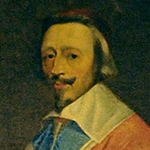
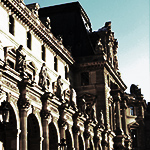
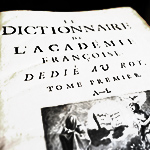
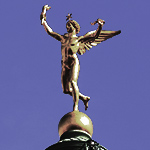

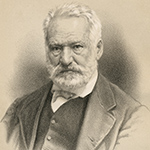



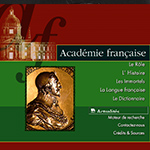
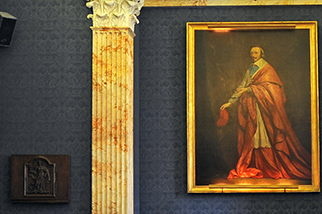 An unusual portrait
An unusual portrait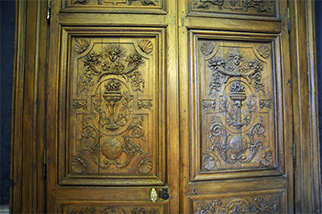 Grafted doors
Grafted doors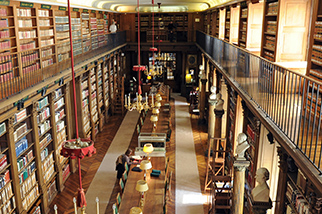 Secret staircase
Secret staircase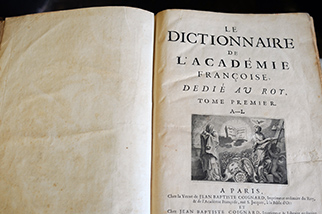 Missing word
Missing word Speak not
Speak not
